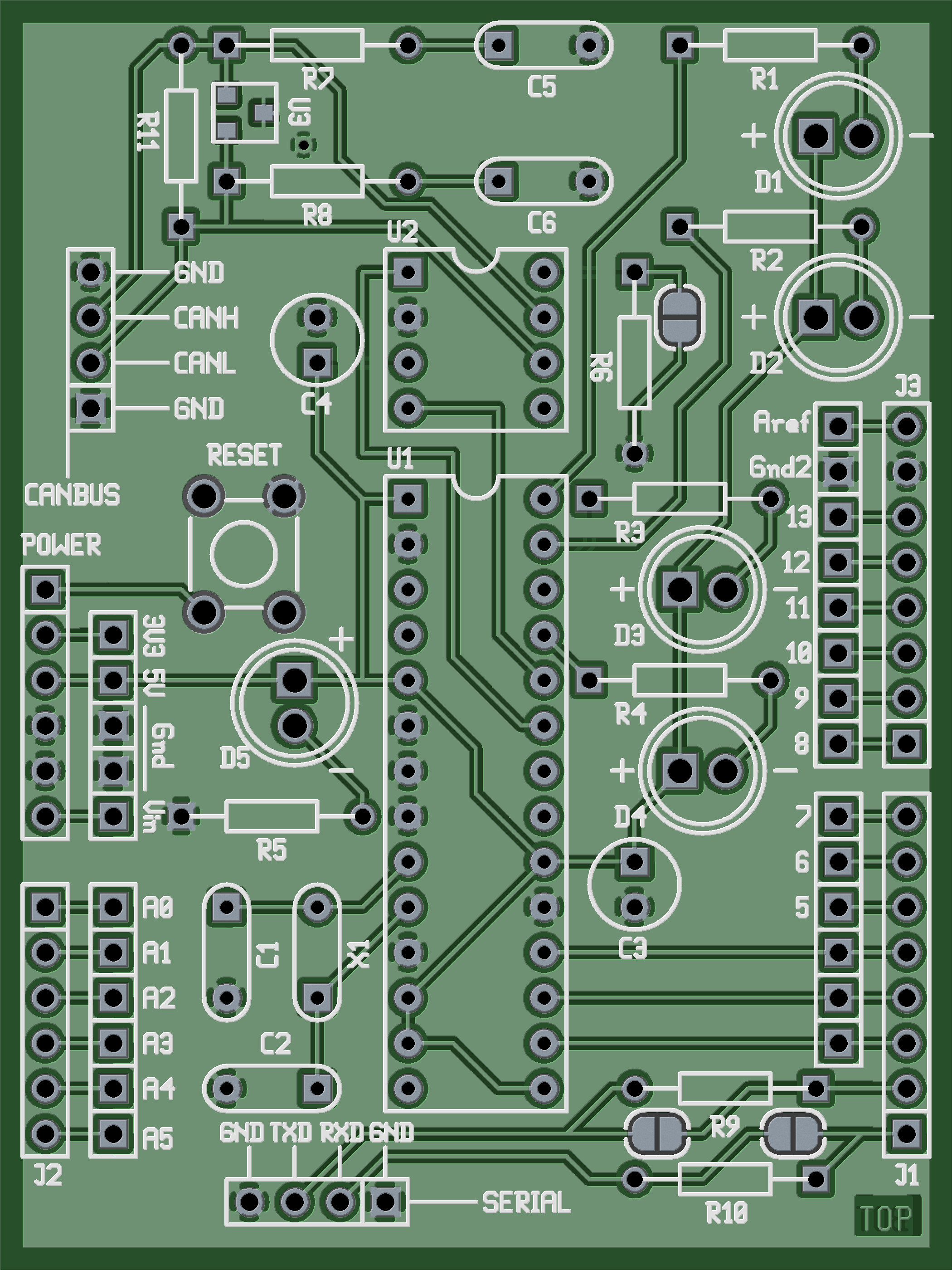05.18
Two weeks ago I had the opportunity to go to Loudon, NH for the 2011 SAE Formula Hybrid competition. We had a long (38+ hr) drive out to competition and many sleepless nights working on the car, but it was a good experience. We brought 14 guys from our team out and there was always at least one person working on the car 24/7. Most of us electrical engineers wound up with the overnight shift and ended up working on the car from about 1 pm to 6 am, sleeping a few brief hours in the late morning. It was an interesting experience spending quite a few nights in the infield of a Nascar track. One day there were a bunch of locals riding their bikes around the track. A couple guys even brought out their penny-farthings. The first day we were there, they had an open track day and so there was a wide range of cars attempting an obstacle course, from a brand new Lotus to an 80’s station wagon.
As for our car, the short story is we weren’t able to drive it at competition. We poured many hours into it and after a passing preliminary mechanical and electrical tech inspections saw that we had a lot of work to do to pass final inspections. At that point we decided to focus solely on getting the car driving. After much frantic running around stripping, soldering, and crimping wires, plugging things in and seeing random smoke, and just general exhaustion, we finally got the tires to spin on their own. One of the motors started smoking pretty badly, but we decided that it just burned out a metal shaving that had found its way into the housing (the car had been super hard to push before that and was suddenly very easy to push after, so we must have released a short). At this point we were pretty excited, but noticed that the batteries were pretty low, so we went to get the charger. We had never charged our battery packs in their assembled state before, so we didn’t really know how it would work. As it turned out, it didn’t and so we took that as a good place to toss in the towel and go get some sleep.
Being so close to driving the car motivated us to get it driving in our spare time following competition. Well, that and the fact that they want to reuse much of the car for next year’s competition. Last Saturday we got together to work on it and, while I really didn’t want to work on it, I did want to see it move. We were just about to get the generator working so we could charge the batteries that way when we noticed we had no fuel. While some guys went to locate more (the engine needs fairly special fuel that is hard to find) a couple of us tried to get into the room where they stored extra fuel (everyone had forgotten their keys). Let’s just say that the locks on the doors are overpriced.
Once we got fuel, some maintenance people (one in a full haz-mat suit) came into the shop saying they needed to cut power to the building. Having lost most of our motivation to work on the car, we decided to try just driving the car on the little juice it had until it was run flat. Let me tell you that that thing can move. We shot a couple clips of it and they don’t do the thing justice, even when you were standing next to the camera. I’ve embedded some of the clips here (unfortunately Vimeo limits you to one HD video and 500 MB per week, so I will put up all the SD video and replace it with HD as I have the chance). I look forward to seeing how the team does next year now that they have a solid platform to start off with.
UMSAE 2011 Formula Hybrid Car Test Drive – 20% Torque from Benjamin Bergman on Vimeo.
This was the first time we got the car driving. The torque was set very low to make sure that we didn’t wreck anything immediately.
(I’m not sure how the video got rotated. It was horizontal on my computer. I’ll try again another time.)
UMSAE 2011 Formula Hybrid Car Test Drive – 80% Torque from Benjamin Bergman on Vimeo.
UMSAE 2011 Formula Hybrid Car Test Drive – 100% Torque from Benjamin Bergman on Vimeo.
This is my first test drive. The throttle is basically on or off, so I took my time finding the threshold.
UMSAE 2011 Formula Hybrid Car Test Drive – 100% Torque – 2 from Benjamin Bergman on Vimeo.
UMSAE 2011 Formula Hybrid Car Test Drive – Ben Driving from Benjamin Bergman on Vimeo.
UMSAE 2011 Formula Hybrid Car Test Drive – Mitch Driving from Benjamin Bergman on Vimeo.

